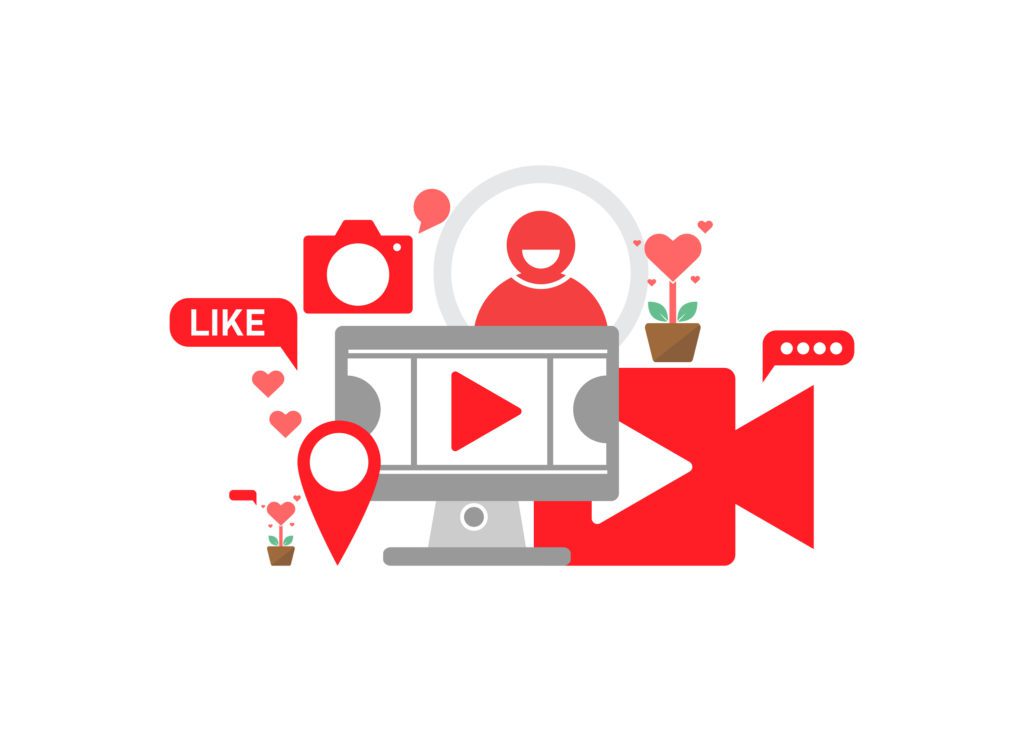Ad Results Media has been in the game long enough to weather several periods of global economic uncertainty. We’ve learned how to stay nimble and adaptable through whatever surprises the marketplace may have in store, and we help bring that same resilience to our clients and partners.
While our core principles stay consistent over the years, the details of how to get through any particular economic downturn are highly dependent on the moment-to-moment specifics of the ever-changing media landscape. Right now, we’re finding that YouTube is a fantastic option for our clients. I got the chance to talk with Gretchen Smith, our VP of Media & Creative, about just why YouTube is so powerful in this sometimes confusing time.
Anita Harrison: Why do you think clients are turning more to YouTube in the face of an economic downturn?
Gretchen Smith: When the economy slows down, consumer spending slows and changes with that. When consumers are spending less money, or even have to be tighter with their money due to changes in employment, brands are competing for share of attention and share of purchase more than ever. A consumer that once purchased a variety of services may cut down on their own expenditures or consolidate their spending into a few key products.
YouTube offers the perfect intersection of creator endorsement of a product, a fresh integration that turns heads stronger than a produced commercial ever could, and a leisure and discovery platform.
Harrison: Why are clients more successful on average on YouTube despite a higher average spot cost and CPM compared to other audio channels? Does the visual component provide more added value?
Smith: Absolutely. Using sight, sound and motion are key elements of a successful marketing campaign; it’s been a formula of success since the day the television was invented and hasn’t slowed down since. It’s the reason brand marketers invest in several channels, not just one, to engage all of the user’s senses to stay top of mind. YouTube just happens to saddle audio, video, and in many cases, social as well.
Many clients may pause when they see a CPM they aren’t used to; the issue is that many clients are used to archaic CPMs of media that just don’t work. When a brand has worked with 300x250 display banners at a $5 CPM for years, it’s easy for any brand’s procurement department to raise an eyebrow when a creator values their media at $50, point a finger, and say “Is it even worth it?” The results speak for themselves. Your spot lives forever in the creator’s video, is guaranteed to reach a loyal opted-in fanbase, and often exceeds the number of views that were projected off of the CPM.
At Ad Results Media, we are proud to leverage our buying power to deliver the best rates in the industry to our clients. There is more that goes into it than just a number of “that’s expensive” or “that’s cheap.” Rates will vary by creator because content and audiences will vary by creator.
As the saying goes, “Fresh fish ain’t cheap, and cheap fish ain’t fresh.”
Harrison: Are YouTube content consumers less likely to multitask than when they are consuming other audio content (podcasts, radio, etc)?
Smith: We know on occasion consumers may be searching for music videos to have in the background. These aren’t the integrations we invest in at ARM. We invest in creators that consumers actively engage with people like them doing things they love.
Less likely vs. more likely to multitask? I think it’s about the same for all advertising channels, and there are always nuances. People love to have this debate about display and video viewability – “Did they even see my ad below the fold?” Yet in the TV world, no one blinks an eye about the TV being on in the background and someone missing or fast-forwarding through a commercial. Every media channel has some form of passive consumption and to suggest otherwise is a setup for missed expectations on the impact your brand will have from paid media alone. People see billboards, but they are literally driving a car – eyes on the road – but you don’t see marketers concerned about the attention span with out-of-home executions. But the difference between the OOH billboard and the creator integration is that it’s coming from someone the user opted-in to watch.
Contact us to learn more about partnering with creators on YouTube.

